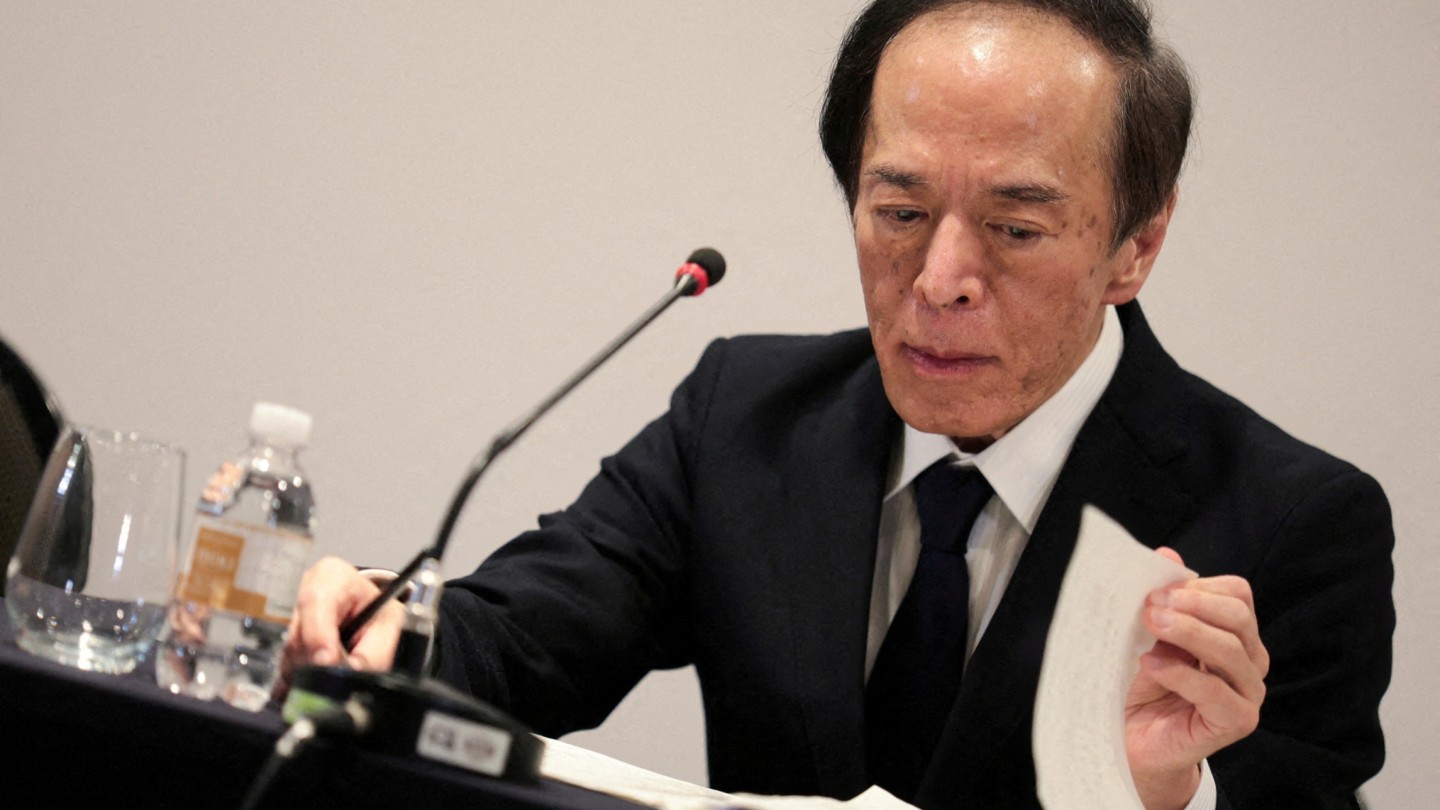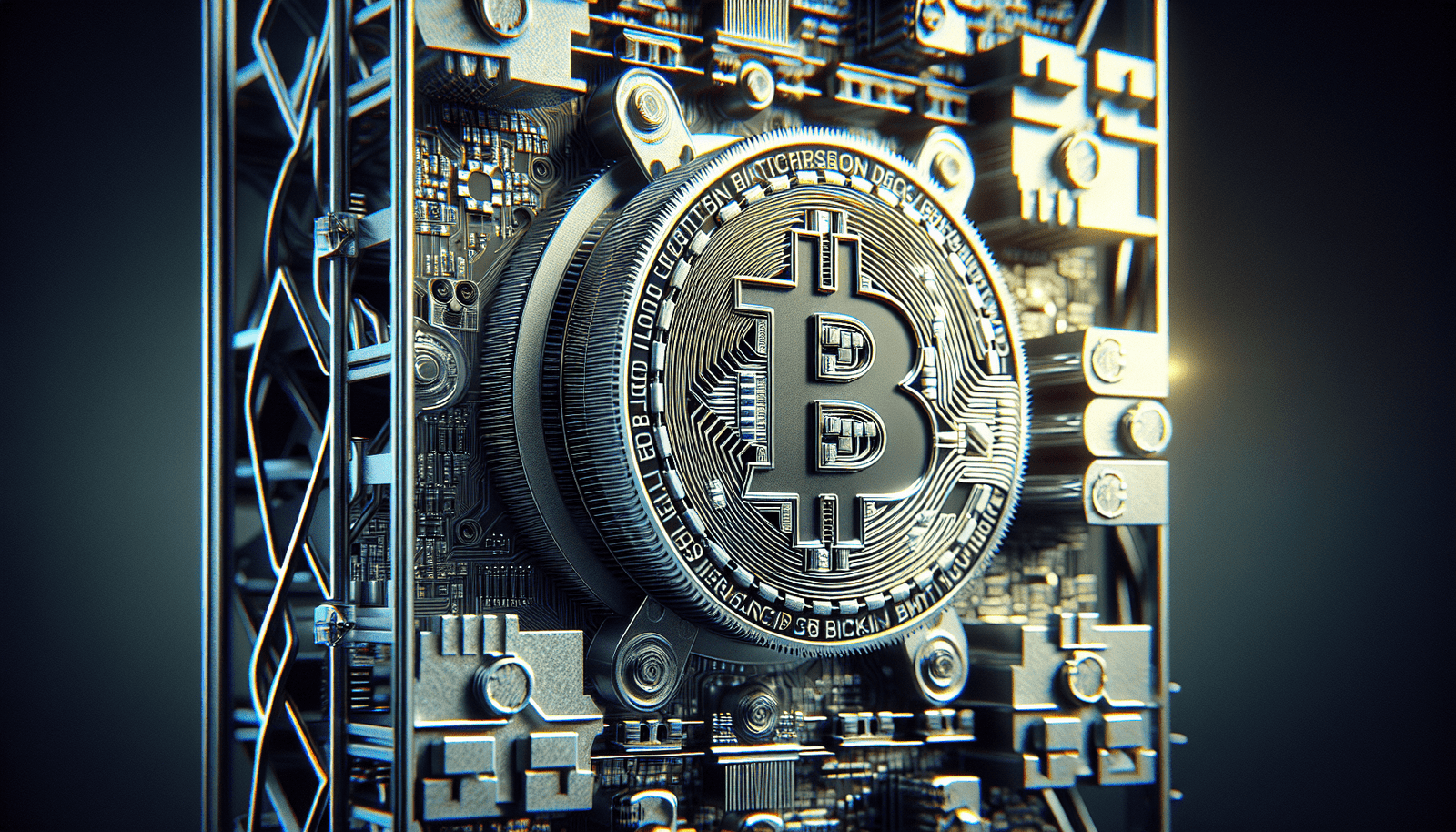

The Bank of Japan has recently made a significant decision by putting an end to the era of negative interest rates, marking the first time since 2007 that borrowing costs have been raised. As the last central bank to abandon the use of negative rates as a monetary policy tool, this move is expected to have implications on global investment flows. The Japanese economy is currently undergoing noticeable changes, characterized by increased wages and inflation. However, despite the return to positive interest rates, experts predict that borrowing costs will not experience a sharp increase. In response to the Bank of Japan’s decision, the yen weakened and stock markets saw a rise. Additionally, the central bank plans to maintain its policy of purchasing Japanese government bonds while discontinuing the acquisition of exchange traded funds and real estate investment trusts. Finally, the bank has also removed its yield curve controls, further solidifying the end of an era.
The Bank of Japan ends era of negative interest rates
Background
The Bank of Japan has recently made a significant decision that marks the end of an era of negative interest rates. This move is notable not only because it is the first time since 2007 that borrowing costs have been raised, but also because the Bank of Japan is the last central bank to end the use of negative rates as a monetary policy tool. This decision is expected to have far-reaching implications for global investment flows and has already caused market reactions.
First increase in borrowing costs since 2007
To understand the significance of the Bank of Japan’s decision, it is important to consider the historical context of the last rate increase. The last time borrowing costs were raised was in 2007, just before the global financial crisis hit. Since then, the Bank of Japan has kept interest rates in negative territory as a means to stimulate the Japanese economy. The fact that the era of negative rates is ending reflects a renewed confidence in the country’s economic outlook.
The implications of this decision for the Japanese economy are also worth considering. While negative interest rates were effective in certain aspects, they also had unintended consequences, such as squeezing bank profits and affecting consumer behavior. The reversal of this policy may help alleviate these issues and contribute to a more stable economic environment.
Last central bank to end use of negative rates
The Bank of Japan’s decision also sets it apart from other central banks around the world. While many central banks lowered interest rates to combat the economic impact of the COVID-19 pandemic, the Bank of Japan is now the first to reverse this trend and increase borrowing costs. This decision reflects the unique circumstances and challenges faced by the Japanese economy.
The reasons behind the Bank of Japan’s decision can be attributed to a variety of factors. The country’s economic recovery has been stronger than initially anticipated, with signs of growth in wages and inflation. This indicates that the Japanese economy is heading in a positive direction and no longer requires the use of negative interest rates as a stimulus measure.
Expected impact on global investment flows
The Bank of Japan’s decision to end the era of negative interest rates is likely to trigger shifts in global investment flows. Investors who were previously drawn to Japan’s low-interest environment may now seek higher yields elsewhere. This may result in capital outflows from Japan and potentially impact currency markets.
Additionally, the change in investor preferences may have broader implications for the global economy. As investors reallocate their funds, it could lead to changes in asset prices and market dynamics. This highlights the interconnectedness of the global financial system and the potential ripple effects of monetary policy decisions.

Signs of change in Japanese economy
The Japanese economy has been exhibiting signs of change that have contributed to the Bank of Japan’s decision. One such sign is the increase in wages. For years, Japan has grappled with wage stagnation, but there has been a recent upward trend in wages. This is a positive development as higher wages can stimulate consumer spending and boost economic growth.
Another sign is the presence of inflationary pressures. While inflation has been relatively low in Japan for an extended period of time, there are indications that it is picking up. This is in line with the Bank of Japan’s target of achieving a 2% inflation rate. A move away from negative interest rates can help support this inflation target and encourage further economic expansion.
These signs of change in the Japanese economy suggest that the country is transitioning into a new phase of growth and stability. The decision to end the era of negative interest rates aligns with this shift and signifies a renewed confidence in the country’s economic prospects.
Borrowing costs not expected to sharply increase
Despite the Bank of Japan’s decision to end the era of negative interest rates, borrowing costs are not expected to sharply increase. This is because the central bank will continue to implement measures to mitigate the impact of rising rates. The Bank of Japan has emphasized that it will ensure a smooth transition to positive interest rates to support a healthy economic environment.
Furthermore, the Bank of Japan’s policy of buying Japanese government bonds will continue, which helps to keep borrowing costs low. By maintaining a strong presence in the bond market, the central bank can exert influence over interest rates and ensure stability in the financial system.
The implications of this for consumers and businesses are generally positive. With borrowing costs expected to remain relatively low, individuals and companies can continue to access affordable credit. This is crucial for stimulating economic activity and encouraging investment.
Market reaction to the decision
The Bank of Japan’s decision to end the era of negative interest rates has already had a significant impact on the market. One notable effect has been the weakening of the Japanese yen. As interest rates rise, the attractiveness of the yen as a currency for carry trades diminishes, leading to its depreciation.
Stock markets in Japan have responded positively to the Bank of Japan’s decision. The prospect of a stronger and more stable economy has boosted investor confidence, resulting in higher stock prices. This is beneficial for companies and investors alike, as it indicates improved prospects for profitability and returns on investments.
The decision has also garnered attention from international investors. As Japan moves away from negative interest rates, it may become a more attractive destination for foreign investment. This could lead to an influx of capital into the country and contribute to its economic growth.
Changes in the Bank of Japan’s purchasing policy
In addition to raising interest rates, the Bank of Japan has made changes to its purchasing policy. The central bank will continue to buy Japanese government bonds, as it has done in the past. This helps to maintain stability in the bond market and support the government’s financing needs.
However, the Bank of Japan will discontinue purchases of exchange traded funds (ETFs) and real estate investment trusts (REITs). This marks a shift in the central bank’s approach to asset purchases and reflects confidence in the strength of the Japanese economy.
The reasons behind these changes can be attributed to several factors. The Bank of Japan may feel that the need for such extensive purchases has diminished as the economy improves. Additionally, there may be concerns about potential distortions in the financial markets that could arise from continued purchases of ETFs and REITs.
Removal of yield curve controls
The Bank of Japan has also decided to remove its yield curve controls. Yield curve controls are a monetary policy tool used to influence interest rates across various maturities. By setting target levels for long-term interest rates, the Bank of Japan can guide borrowing costs and stimulate economic activity.
The decision to remove yield curve controls reflects the central bank’s confidence in the stability of the Japanese financial system. With the economy showing signs of improvement, there is less need for these controls. Additionally, removing yield curve controls allows for more flexibility in adjusting interest rates based on changing economic conditions.
The expected implications of this decision include changes in interest rates and borrowing costs. Without the constraints of yield curve controls, interest rates may become more responsive to market dynamics, leading to potential fluctuations. It is important for market participants to closely monitor these changes and adjust their strategies accordingly.
In conclusion, the Bank of Japan’s decision to end the era of negative interest rates has wide-ranging implications for the global economy. This move reflects a shift in the country’s economic outlook and indicates a greater confidence in its prospects. While there may be some adjustments in investment flows and market dynamics, the overall impact is expected to be positive. As the Japanese economy continues to evolve, the removal of negative interest rates sets the stage for a new era of growth and stability.

RELATED POSTS
View all








